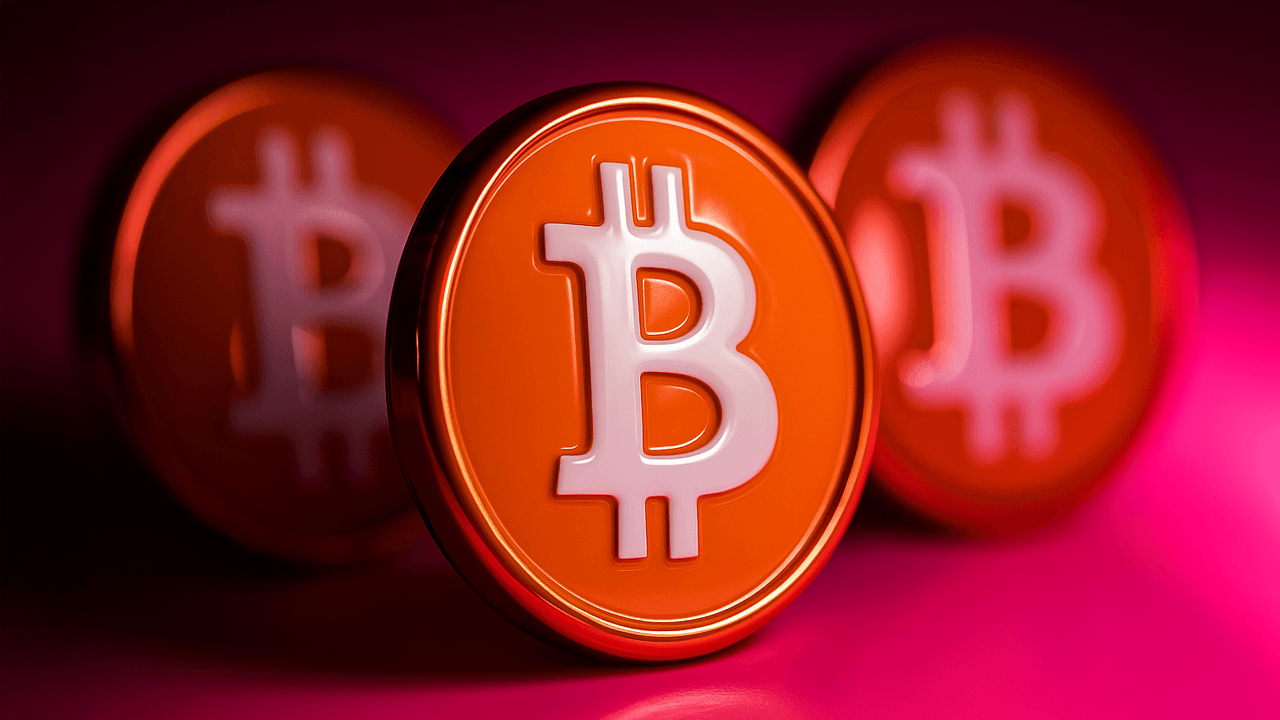| IN A NUTSHELL |
|
The world of innovation is undergoing a significant transformation as nations across the globe recognize the pivotal role of Research and Development (R&D) in driving economic growth and addressing contemporary challenges. In 2023, global R&D expenditures reached an unprecedented $2.8 trillion, underscoring the strategic importance of investing in new technologies and ideas. This surge in spending highlights a dynamic shift in global priorities, with countries vying to lead the charge in innovation. From the dominance of smaller nations in R&D intensity to the massive investments by global heavyweights, the landscape of innovation is both complex and rapidly evolving.
Global Commitment to Innovation
The global landscape of Research and Development is marked by an unparalleled commitment to innovation. In 2023, worldwide R&D spending soared to an astonishing $2.8 trillion, a testament to the strategic importance of fostering innovation to spur growth and address pressing global issues. This investment has nearly tripled in constant dollars since the early 2000s, illustrating a heightened focus on technological advancements in areas such as energy, healthcare, and digital transformation.
Asia has emerged as a powerhouse in R&D, accounting for 46% of global expenditures. North America and Europe follow, contributing 29% and 21% respectively. However, to fully understand a country’s commitment, it’s essential to consider R&D intensity, which measures the proportion of GDP dedicated to these activities. In 2023, the OECD countries averaged around 2.7% of their GDP on R&D, with total spending by its members reaching $1.9 trillion. This metric showcases the dedication of nations to leverage innovation for competitive advantage.
Israel and South Korea: Champions of R&D Intensity
In a surprising twist, traditional economic giants do not lead the pack in R&D intensity. Instead, Israel emerges as the frontrunner, allocating a remarkable 6.3% of its GDP to R&D, equating to $28.3 billion, with a whopping 92% of this funding sourced from the private sector. This commitment is evident in Israel’s vibrant tech ecosystem, boasting the highest number of high-tech startups per capita globally.
Close on Israel’s heels, South Korea invests 5.0% of its GDP in R&D, showcasing a national strategy centered on technological innovation. Like Israel, South Korea’s private sector plays a crucial role in driving this investment. Taiwan also maintains a strong position, dedicating 4.0% of its GDP to R&D, despite a slight slowdown in 2023. This investment underpins Taiwan’s significant role in the semiconductor industry.
Sweden (3.6%) further exemplifies the Nordic countries’ tradition of innovation. Other nations such as Japan (3.4%), Belgium (3.3%), Switzerland (3.3%), Austria (3.3%), and Germany (3.1%) also demonstrate sustained commitments to R&D, reinforcing their positions as innovation leaders.
Global Heavyweights: United States and China
The economic giants, the United States and China, continue to dominate in absolute R&D investments. In 2023, the U.S. led with a staggering $823.4 billion in R&D expenditures, maintaining its status as the world’s largest investor. Despite ranking fifth in R&D intensity at 3.4% of GDP, the U.S. exhibits a formidable commitment to innovation.
Meanwhile, China showcases a meteoric rise in R&D investments, multiplying its expenditures nearly eighteen-fold since 2000. In 2023, China’s R&D spending reached $723 billion, the second-highest globally. China’s share in global R&D expenditures surged from 4% to 26% during this period, driven primarily by the private sector, which accounts for 77.6% of the total investment. While China’s R&D intensity hovers around 2.5-2.6%, it aligns more closely with the average, reflecting its remarkable absolute expenditures.
The Complex Geography of Innovation
The 2023 OECD-based ranking reveals a multifaceted geography of innovation. While Asia collectively dominates and the U.S. and China impress with their absolute investment volumes, smaller nations like Israel and South Korea demonstrate the most substantial proportional commitment to building the future. R&D intensity serves as a critical barometer of the strategic priority given to innovation, a true engine of competitiveness and progress across sectors such as technology, healthcare, defense, and green energy.
As the global economic landscape continues to shift, the emphasis on R&D as a tool for national growth and competitive advantage becomes more pronounced. With innovation at the forefront, how will countries continue to adapt their strategies to foster creativity and technological advancement in the coming years?
Our author used artificial intelligence to enhance this article.
Did you like it? 4.5/5 (21)





